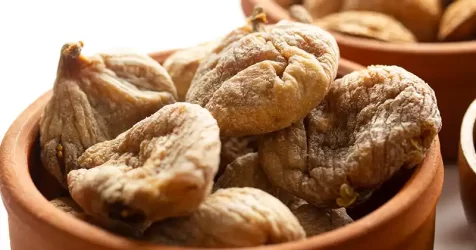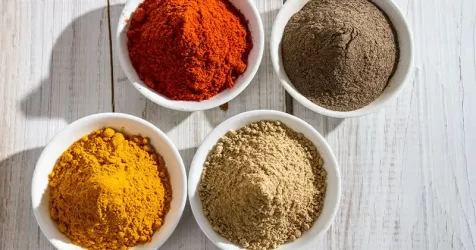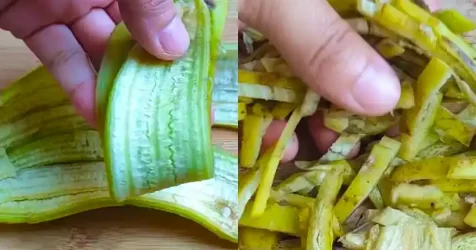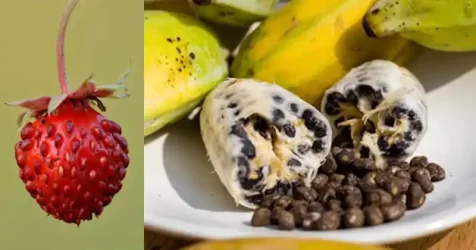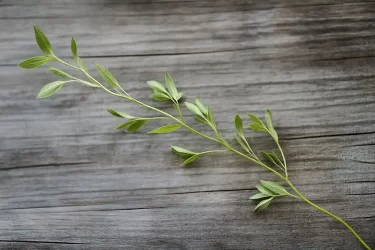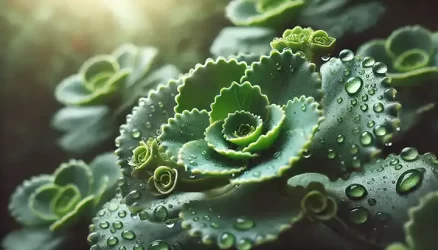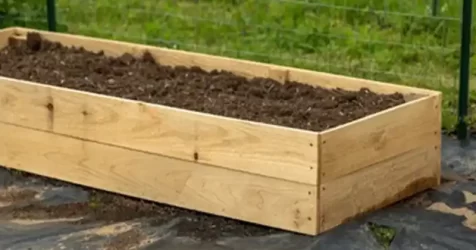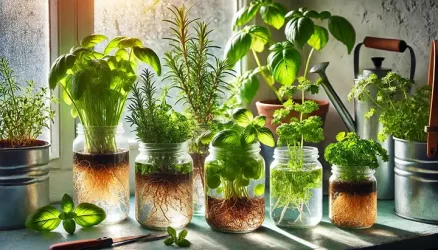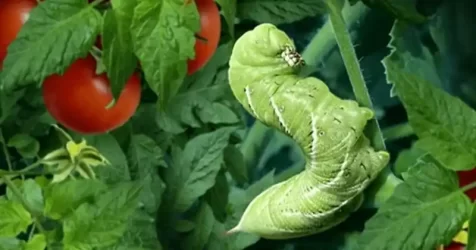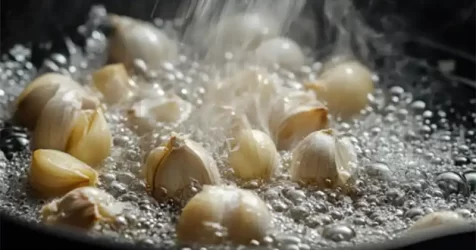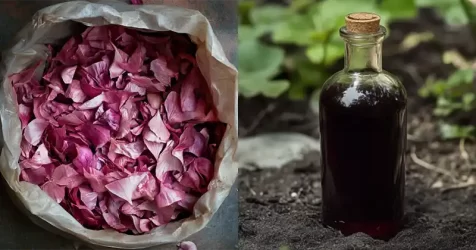Growing Galangal Tuber at Home: A Step-By-Step Guide

Galangal (Alpinia galanga) is a popular spice and herb used in many Asian dishes. Its unique flavor and culinary versatility make it a desirable addition to any kitchen garden. Growing galangal at home is not only rewarding but also ensures a fresh supply of this exotic herb. In this guide, we’ll take you through the steps to successfully cultivate galangal in your garden or even in a pot.
1. Getting Started
Selecting a Location: Choose a suitable location with partial to full sunlight. Galangal prefers well-draining soil, rich in organic matter. It’s a tropical plant and is sensitive to cold temperatures, so make sure the climate is warm enough for its growth.
Obtaining Galangal Rhizomes: You’ll need to start with galangal rhizomes. These are readily available in some Asian grocery stores or can be purchased online. Ensure the rhizomes are healthy, firm, and free from disease.
2. Planting Galangal Rhizomes
Container or Garden Bed: You can grow galangal in the ground or in a large container. If planting in a container, choose one that is at least 12 inches deep and has good drainage.
Planting Depth: Plant the rhizomes about 2 inches below the soil surface, with the flat side down and the growing buds facing upward. Space them about 12-18 inches apart to allow room for growth.
Soil Preparation: Prepare the soil by amending it with well-rotted compost or organic matter. Galangal prefers slightly acidic to neutral soil with a pH of 6.0-7.0.
3. Care and Maintenance
Watering: Keep the soil consistently moist but not waterlogged. Watering every few days is usually sufficient, but the frequency may vary depending on your climate and local conditions.
Fertilization: Fertilize your galangal plants with a balanced, slow-release fertilizer in the spring. Repeat every 2-3 months during the growing season.
Mulching: Applying a layer of mulch, such as straw or wood chips, around your galangal plants will help retain moisture and suppress weeds.
Pruning: Trim dead or damaged leaves as needed. Galangal can grow up to 6 feet tall, and pruning can help manage its size and appearance.
Pest and Disease Control: Galangal is relatively pest and disease-resistant, but you should still monitor your plants for any issues. Common garden insecticides can be used if necessary.
4. Harvesting Galangal
Patience is Key: Galangal takes about 8-10 months to mature and develop rhizomes. Be patient, as the plant needs time to establish itself.
Harvesting: When the plant is ready for harvest, dig up the rhizomes using a garden fork. Gently remove the soil and cut the desired portion, leaving some rhizomes in the ground for future growth.
5. Storing Galangal
Fresh Usage: You can use fresh galangal immediately in your culinary creations.
Drying: If you have excess galangal, you can slice and dehydrate it for long-term storage. Store the dried galangal in an airtight container.
Freezing: Another option is to freeze fresh galangal. Slice or grate it and store it in an airtight bag or container in the freezer.
6. Propagating Galangal
You can propagate galangal by dividing the rhizomes during the dormant season. Simply separate the rhizomes and replant them to create new plants.
If you want to see some impressive Galangal Harvesting, watch this video:
Growing galangal at home is a rewarding endeavor, providing you with a fresh supply of this unique herb for your culinary adventures. With the right care and attention, you can enjoy the flavors and aromas of galangal right from your own garden or patio. Remember to tailor your care routine to your specific climate and conditions for the best results. Happy gardening and cooking!
